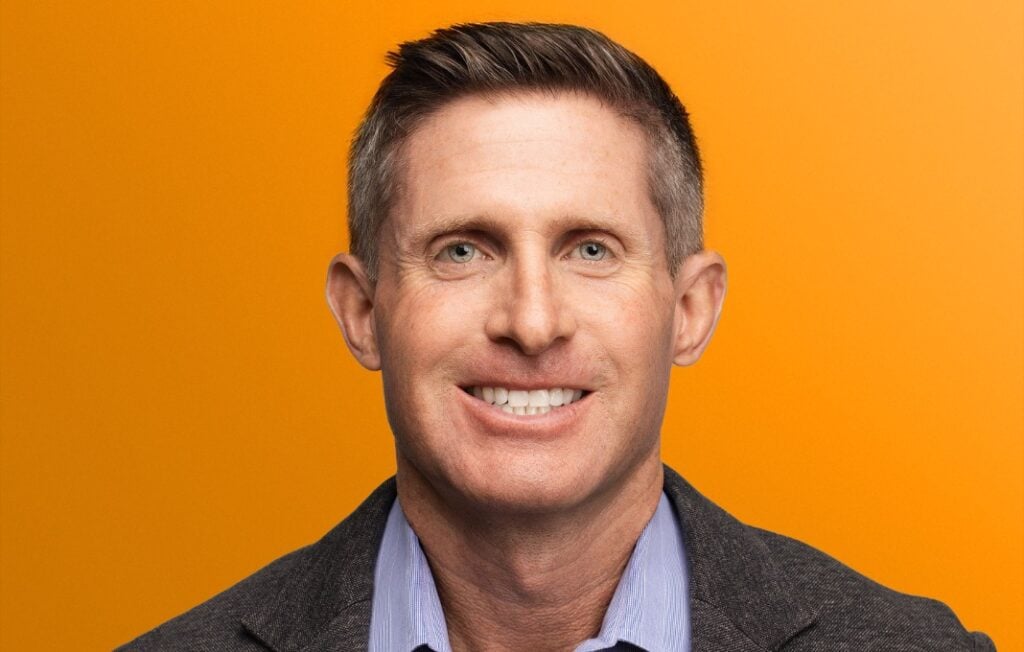“Utilization management” of health benefits can often backfire on employee well-being and sometimes their decision whether to stay with their employer, says Patricia Goldsmith, CEO of New York City-based CancerCare.
Goldsmith, a frequent speaker at national meetings and symposia, is a thought leader in the health benefits space. She was named in 2021 to Forbes’ 50 Over 50 Vision List, honoring women making an impact on society and culture. Goldsmith spoke with StrategicCHRO360 about the importance of looking at UM carefully, balancing cost containment with helping employees and the impact of a strong health benefits program on attracting and retaining talent.
What are the biggest employee health benefits challenges facing HR leaders?
HR leaders understand that benefits are key to employee retention and recruitment in today’s labor market. However, employers face tough challenges when striving to provide the best health benefits to their current and future employees. It’s especially difficult to design high quality and cost-effective health plans without relying heavily on utilization management, which has unintended negative consequences for employees.
Employers need to eliminate roadblocks that prevent patients from accessing the medications they need and structure prescription drug benefits to protect their employees. This requires making informed decisions and offering health benefits that provide valued employees with the best possible care in the most cost-effective way.
Why should organizations create a strategic program that helps human resources professionals better understand and navigate the perils of utilization management?
Utilization management is an umbrella term for cost containment techniques that are used to determine whether healthcare services are medically necessary and appropriate for patients. UM terms also determine whether services and medications should be covered or denied by health insurance.
On one hand, UM helps to weed out unproven treatments, evaluate treatment recommendations and reduce costs, without sacrificing quality care. On the other hand, the unintended consequences of using these tools are administrative snarls, harmful delays, debilitating stress, costly out-of-pocket expenses, and importantly, interference with patient/physician decisions regarding the best course of treatment.
UM practices can pose significant obstacles to time-sensitive, precise treatment. They also put a burden on patients that can lead to worse outcomes, debilitating suffering, higher medical expenses, extreme financial pressures, relationship difficulties, lower productivity at work, increased absences and compromised presenteeism.
UM may seem like an attractive element of a health plan that insurance companies claim saves money and results in better patient care. Unfortunately, many employers are unaware that it can negatively impact quality of life, clinical outcomes and finances for employees facing serious illnesses.
What should HR leaders know about designing effective employee health plans?
Employer-provided health coverage should provide a doorway to prompt and effective treatment. Benefit plans should increase access and adherence to treatment, eliminate delays to care, lower out-of-pocket costs for employees, and streamline or eliminate onerous UM processes, all without adversely impacting employees’ well-being. It’s important to know that health plans with high deductibles, high out-of-pocket expenses and restrictive drug benefits add to the financial burden for employees with serious illness.
How can HR leaders help protect their employees from the exorbitant costs of serious illness?
Despite having private health insurance coverage provided by their employer, some insured employees become sick and just can’t make ends meet. Employers may not see the difficult financial choices that many employees must make. Employees being treated for a serious illness face a multitude of medical and non-medical costs. If a sick person has to stop working, it may suddenly become difficult to pay routine living expenses such as transportation, rent, utilities, healthy food and childcare. Also, medical debt can quickly pile up for an employee who faces high deductibles, copays and co-insurance rates.
This is why it’s so important to carefully consider how UM practices can negatively impact patients, especially those who may be seriously ill. Employers must navigate the health insurance market to create quality benefit plans that don’t make sick employees even sicker or force them into medical debt.
How does a well-designed benefits plan help employers retain and attract talent?
Employee benefits shouldn’t be overlooked as an essential employee retention tool. If employees are happy and healthy, they are less likely to leave. More than half of the respondents in a Prudential study said they would be willing to look at a new position if they were offered better benefits. And according to the Society of Human Resource Management Benefits Survey, 90 percent of employers ranked health as the benefit their workforce values the most.
In an effort to prevent valued employees from leaving, it’s important to invest in benefits that are most important to your employees—striking a balance between offering the best plans at a price that’s on budget while also addressing employee priorities. A quality health benefits plan can enhance productivity, help reduce long-term medical spending, attract and retain talented employees, and build loyalty by demonstrating that the company values its staff.








